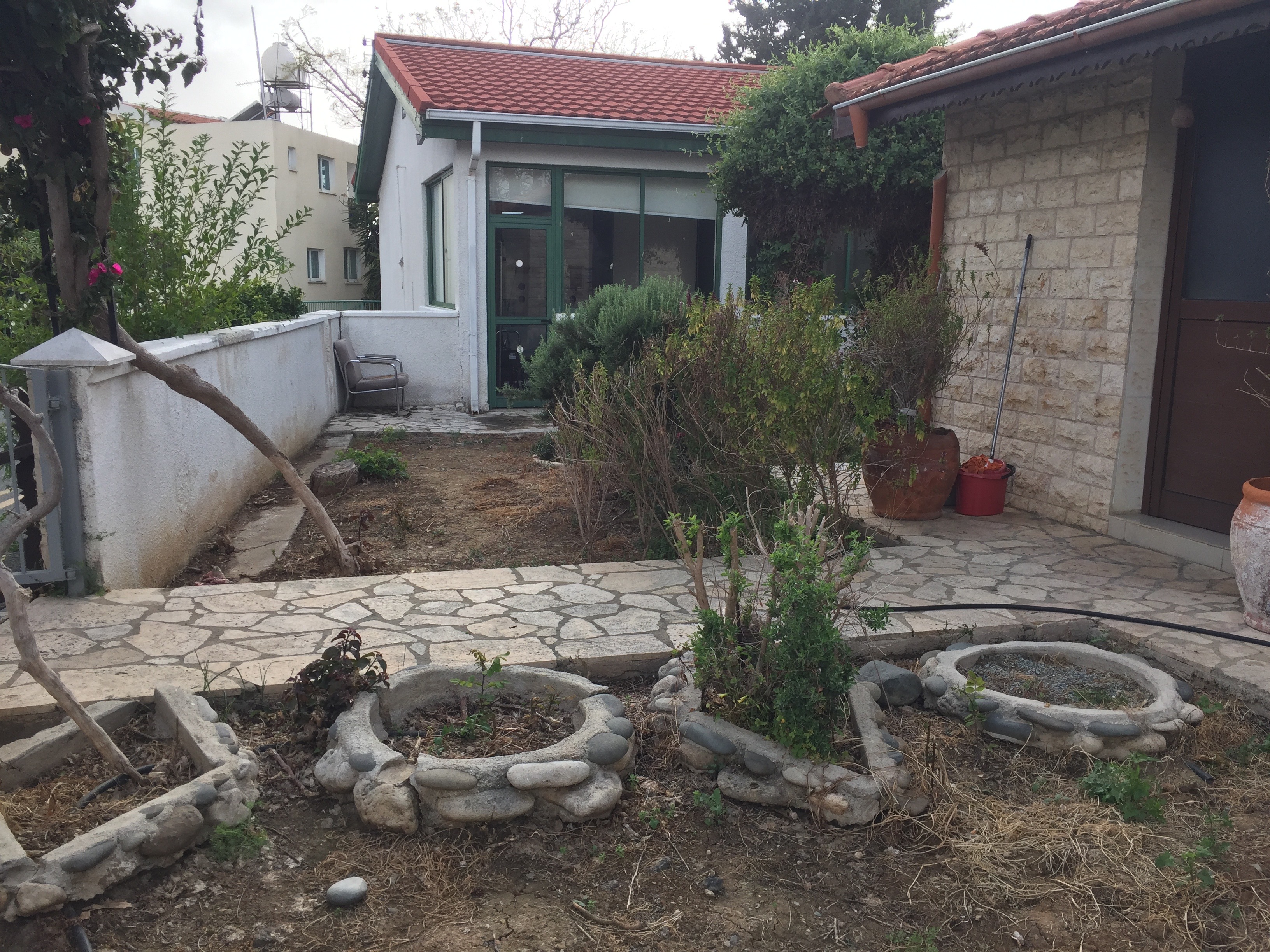Hourly labour costs in the euro area rose by 3.6 per cent in the second quarter of 2025 compared with the same period a year earlier, according to Eurostat, the statistical office of the European Union.
Across the EU, the increase was slightly higher at 4.0 per cent over the same period.
Eurostat highlighted that the two main components of labour costs are wages and salaries and non-wage costs.
In the euro area, hourly wages and salaries increased by 3.7 per cent, while non-wage costs rose by 3.4 per cent in the second quarter of 2025 compared with the same quarter in 2024.
In the EU, wages and salaries climbed by 4.1 per cent, and non-wage costs grew by 3.8 per cent over the same period.
A breakdown by economic activity in the euro area showed that hourly labour costs rose by 2.7 per cent in the mainly non-business economy and by 4.0 per cent in the business economy.
Within the business economy, hourly labour costs increased by 3.3 per cent in industry, 4.7 per cent in construction, and 4.3 per cent in services.
In the EU, the non-business economy recorded a 3.1 per cent increase, while the business economy grew by 4.4 per cent.
Hourly costs rose by 3.9 per cent in industry, 4.8 per cent in construction, and 4.6 per cent in services across the EU.
Eurostat reported that the highest increases in hourly wage costs by economic activity were in professional, scientific and technical activities at 8.9 per cent, followed by mining and quarrying at 6.7 per cent.
The lowest annual wage increase was seen in real estate activities, which rose by 1.6 per cent.
The highest increases in non-wage costs were recorded in professional, scientific and technical activities at 7.3 per cent, followed by mining and quarrying at 6.6 per cent.
The lowest rise in non-wage costs was in administrative and support service activities at 1.8 per cent.
Looking at hourly wage costs across countries, Bulgaria recorded the highest increase at 13.4 per cent, followed by Hungary at 11.0 per cent.
Other EU Member States with rises of 10 per cent or more included Romania at 10.4 per cent, Estonia at 10.3 per cent, and Greece at 10.1 per cent.
The lowest increases were recorded in France at 1.4 per cent, Denmark at 1.5 per cent, and Malta at 1.9 per cent.







Click here to change your cookie preferences